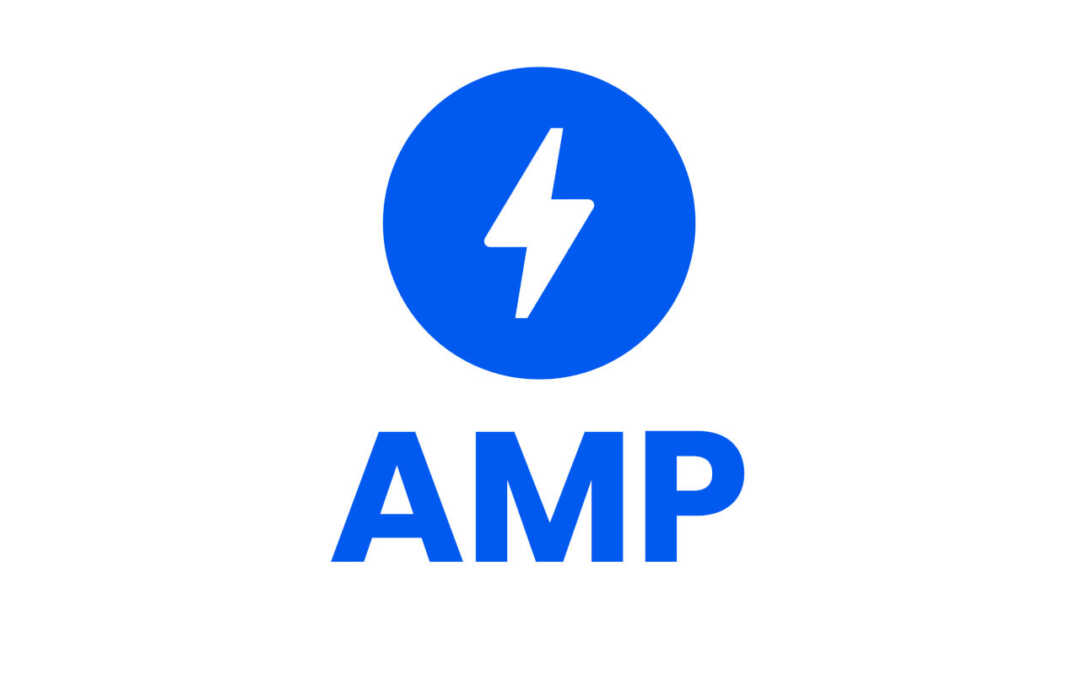AMP (Accelerated Mobile Pages)
AMP, which stands for Accelerated Mobile Pages, is an open-source framework developed by Google with the goal of creating faster and more user-friendly mobile web pages. The main objective of AMP is to improve the performance of web content on mobile devices by reducing page load times and enhancing the overall user experience.
How AMP Works
AMP achieves its goal of faster loading times by restricting the use of certain web technologies and optimizing the way content is delivered to mobile devices. Here are some key aspects of how AMP works:
1. HTML Restrictions: AMP uses a restricted version of HTML known as AMP HTML, which is a subset of regular HTML with certain limitations. This stripped-down version of HTML eliminates unnecessary elements and focuses on delivering content in the most efficient way possible.
2. JavaScript Limitations: AMP restricts the use of JavaScript on AMP pages to ensure that scripts do not hinder page performance. Instead, AMP provides its own JavaScript library for common functionalities, such as lazy loading images and handling animations.
3. Content Caching: AMP caches content on its own servers to deliver it more quickly to users. When a user accesses an AMP page, the content is served from the nearest AMP cache, reducing latency and improving load times.
4. Preloading Resources: AMP preloads resources such as images and videos before they are needed, further reducing load times when a user interacts with the page.
5. Lazy Loading: AMP supports lazy loading of images and other media, which means that resources are only loaded when they come into view, conserving bandwidth and improving performance.
Benefits of AMP
Implementing AMP on a website offers several benefits for both publishers and users:
1. Improved Page Speed: AMP pages load significantly faster than traditional web pages, leading to a better user experience and potentially higher engagement and conversion rates.
2. Enhanced Mobile Experience: AMP is specifically designed for mobile devices, ensuring that content is displayed in a user-friendly way on smartphones and tablets.
3. Higher Search Engine Visibility: Google prioritizes AMP pages in search results, especially in mobile searches, which can lead to increased visibility and traffic for websites that implement AMP.
4. Lower Bounce Rates: Faster loading times and a smoother user experience can reduce bounce rates and encourage users to spend more time on a website.
5. Improved SEO: While AMP itself is not a direct ranking factor, the improved user experience and faster loading times can indirectly benefit a website’s SEO performance.
Challenges of AMP
Despite its benefits, implementing AMP on a website can also present some challenges:
1. Design Limitations: The restrictions imposed by AMP, such as limited CSS options and the use of pre-defined components, can make it challenging to maintain a unique design aesthetic on AMP pages.
2. Development Complexity: Implementing AMP on a website requires developers to follow specific guidelines and best practices, which can add complexity to the development process.
3. Analytics and Tracking: Integrating analytics and tracking tools with AMP pages can be more challenging compared to traditional web pages, requiring additional setup and customization.
4. Monetization: Some monetization methods, such as certain types of ads and tracking scripts, are restricted on AMP pages, which can impact revenue for publishers.
5. Limited Features: Certain interactive features and functionalities that rely heavily on JavaScript may not be fully supported or optimized on AMP pages.
In conclusion, AMP is a powerful framework for creating fast and user-friendly mobile web pages. By optimizing performance and enhancing the mobile experience, AMP can help websites attract more visitors, improve engagement, and ultimately achieve their business goals. However, it is essential for website owners and developers to weigh the benefits and challenges of implementing AMP to determine if it aligns with their specific needs and objectives.
Want to learn more about AMP? Visit the official website at: https://amp.dev/.


